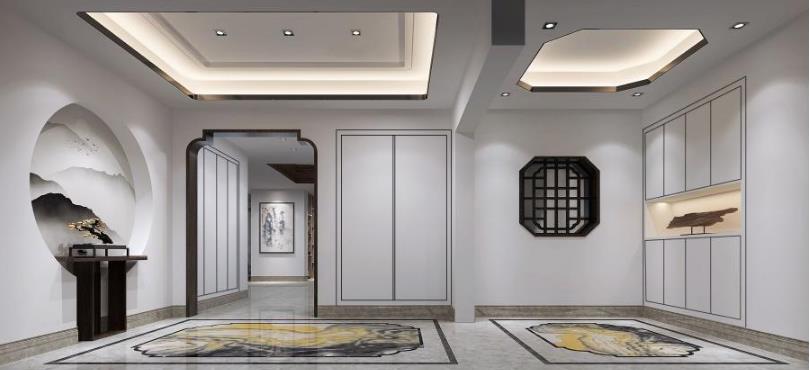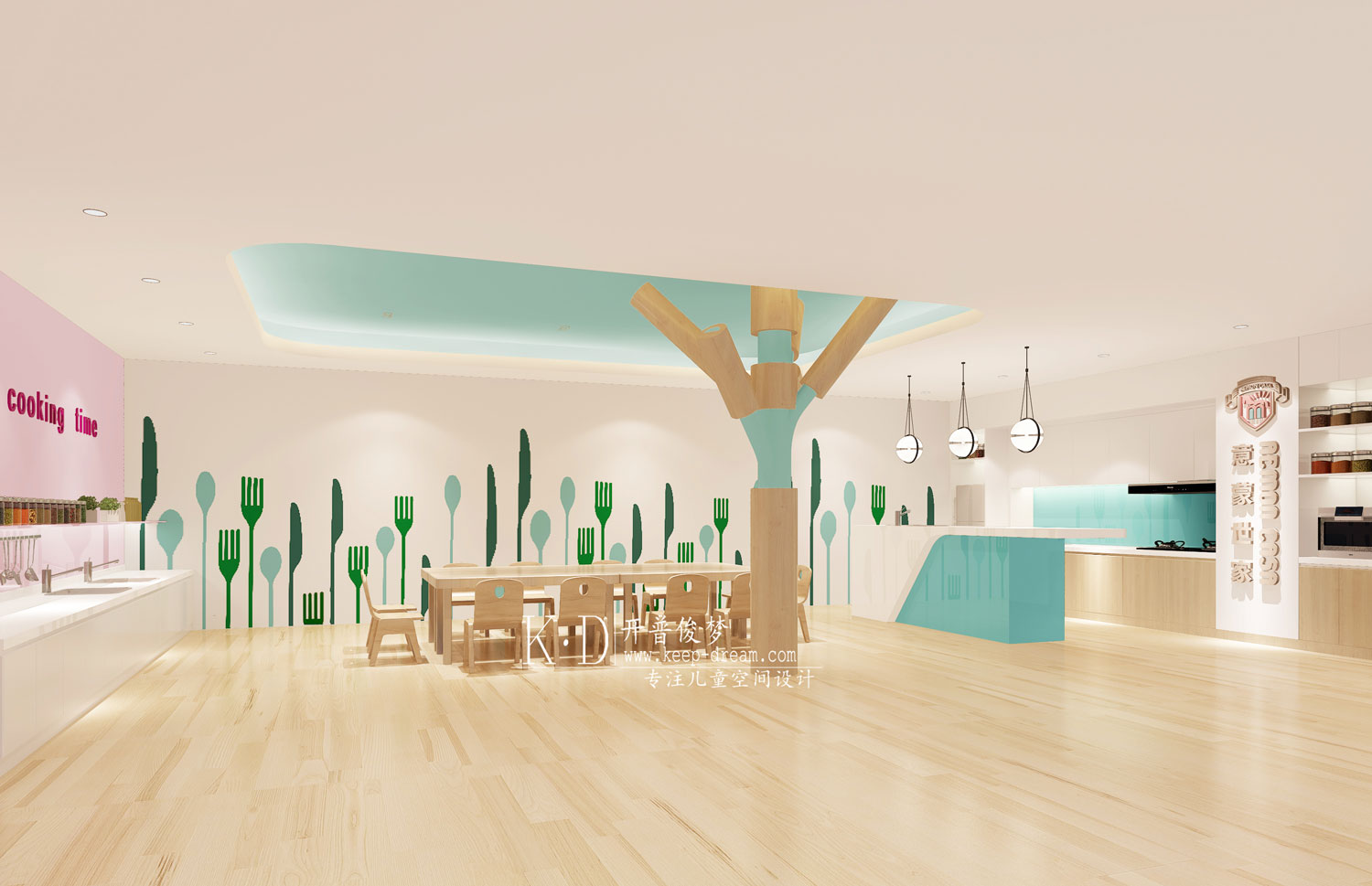Yasamkent Mosque A Tasarim Mimarlik + Ali Osman Ozturk
2018-09-13 22:00
© Fethi Magara
c.Fethi Magara


架构师提供的文本描述。清真寺建筑是土耳其最保守的建筑类型之一,它以其强大而占主导地位的形象,建立在传统的基础上。另一方面,提及传统和地方价值观,创造一种可持续性感,一直是对清真寺建筑的现代理解中的一项重大挑战。
Text description provided by the architects. With their powerful and dominant iconography, based upon tradition, mosque architecture is one of the most conservative building typologies in the Turkish context. On the other hand, referring traditional and local values creating a sense of sustainability had always been a major challenge in a modern understanding of mosque architecture.
Text description provided by the architects. With their powerful and dominant iconography, based upon tradition, mosque architecture is one of the most conservative building typologies in the Turkish context. On the other hand, referring traditional and local values creating a sense of sustainability had always been a major challenge in a modern understanding of mosque architecture.


在这方面,Yasamkent清真寺是一种研究,旨在创造一种意识,创造传统和现代文化积累价值之间的和平延续。Yasamkent清真寺位于安卡拉新发展区内的一个相对较小的地块中,它也将它命名为建筑群,它是寻求开放与封闭、谦逊与表达、身份与习俗以及现代性与传统之间的平衡。
Yasamkent mosque in this respect represents a research towards creating a sense of consciousness towards creating a peaceful continuity between traditional and modern values of cultural accumulation. Located in a relatively small plot within the new development area of Ankara, which also gives its name to the complex, Yasamkent mosque is the search for balance between open and closed areas, modesty and expression, identity and convention as well as modernity and tradition.
Yasamkent mosque in this respect represents a research towards creating a sense of consciousness towards creating a peaceful continuity between traditional and modern values of cultural accumulation. Located in a relatively small plot within the new development area of Ankara, which also gives its name to the complex, Yasamkent mosque is the search for balance between open and closed areas, modesty and expression, identity and convention as well as modernity and tradition.
© Fethi Magara
c.Fethi Magara


建筑是地形的产物,自然的层次差异被用来重组规划上的差异,并在公共和私人入口之间建立等级关系。这种构图的基础是独立的平行墙,不仅界定了室内空间的本质,而且为外部和内部空间创造了一种短暂的媒介。墙作为一种强大的传统元素,是建筑语言的主要表现形式。
The building is an outcome of topography where the natural level difference is used to reorganize programmatic differences and creating a hierarchy between public and private entrances. The composition is based upon freestanding parallel walls not only defining the essence of interior space but also creating a transitory medium for exterior and interior spaces. As a powerful traditional element, the walls are major expressions of architectural language.
The building is an outcome of topography where the natural level difference is used to reorganize programmatic differences and creating a hierarchy between public and private entrances. The composition is based upon freestanding parallel walls not only defining the essence of interior space but also creating a transitory medium for exterior and interior spaces. As a powerful traditional element, the walls are major expressions of architectural language.
© Fethi Magara
c.Fethi Magara


当它们聚集在一起时,就会限制和模糊可供选择的空间体验的界限。与墙壁相似,庭院是一种重要的传统元素,它将主祈祷区与图书馆结合起来,并将其与图书馆隔开,而像住宿这样的公共区域则较少。庭院作为一种工具,融合了外部和内部,以及软和硬的景观。在主祈祷厅,一个普通的混凝土穹顶,不仅可以作为传统的参考,而且可以提升内部规模,提供显着的神秘性光质。
As they come together, limit and blur the boundaries of alternative spatial experiences provided. Similar to walls, the courtyard is a significant traditional element, which both unifies and separates the main praying area from a library and less public areas like lodging. The courtyard is utilized as an instrument to integrate exterior and interior as well as soft and hard landscape. In the main praying hall, a modest concrete dome not only used as a reference of tradition but also it upgrades the interior scale and provides significant mystique light quality.
As they come together, limit and blur the boundaries of alternative spatial experiences provided. Similar to walls, the courtyard is a significant traditional element, which both unifies and separates the main praying area from a library and less public areas like lodging. The courtyard is utilized as an instrument to integrate exterior and interior as well as soft and hard landscape. In the main praying hall, a modest concrete dome not only used as a reference of tradition but also it upgrades the interior scale and provides significant mystique light quality.
© Fethi Magara
c.Fethi Magara


Longitudinal Section


© Fethi Magara
c.Fethi Magara


直接使用钢筋混凝土和玻璃作为装饰元素,使用抽象而坚实的几何学、朴素、简约的建筑态度,直接指当代建筑语言,抽象地表达尖塔,以及栅栏的抽象动机,指熟悉的传统元素。鉴于这些特点,靖国神社清真寺必须被视为一种挑战,以模糊传统和现代建筑之间的重大意识形态差异和流行建筑矛盾。
Use of reinforced concrete and glass directly as a finishing element, the use abstract and solid geometries, modest simplicity and minimalist architectural attitude directly refers to a contemporary architectural language whereas abstract Kufic expression of the minaret, as well as the abstract motives of fences, refer familiar traditional elements. With all these characteristics Yasamkent mosque must be seen as a challenge towards blurring the significant and ideological differences and popular architectural contradictions between traditional and modern.
Use of reinforced concrete and glass directly as a finishing element, the use abstract and solid geometries, modest simplicity and minimalist architectural attitude directly refers to a contemporary architectural language whereas abstract Kufic expression of the minaret, as well as the abstract motives of fences, refer familiar traditional elements. With all these characteristics Yasamkent mosque must be seen as a challenge towards blurring the significant and ideological differences and popular architectural contradictions between traditional and modern.
© Fethi Magara
c.Fethi Magara






















































Architects A Tasarim Mimarlik, Ali Osman Ozturk
Location Ankara, Turkey
Lead Architects Ali Osman Ozturk, İrem Aker Buyukkalay, Harun Karabulut, İlhan Simsek, Tuncay Kaya, Niyazi Ayvaz, Erhan Karahalilogulları, Hasret Devran İnce, Mehmet Güner, Nil Ece Beken, Asli Altintas
Area 2685.0 m2
Project Year 2015
Photographs Fethi Magara
Category Mosque
Manufacturers Loading...
























